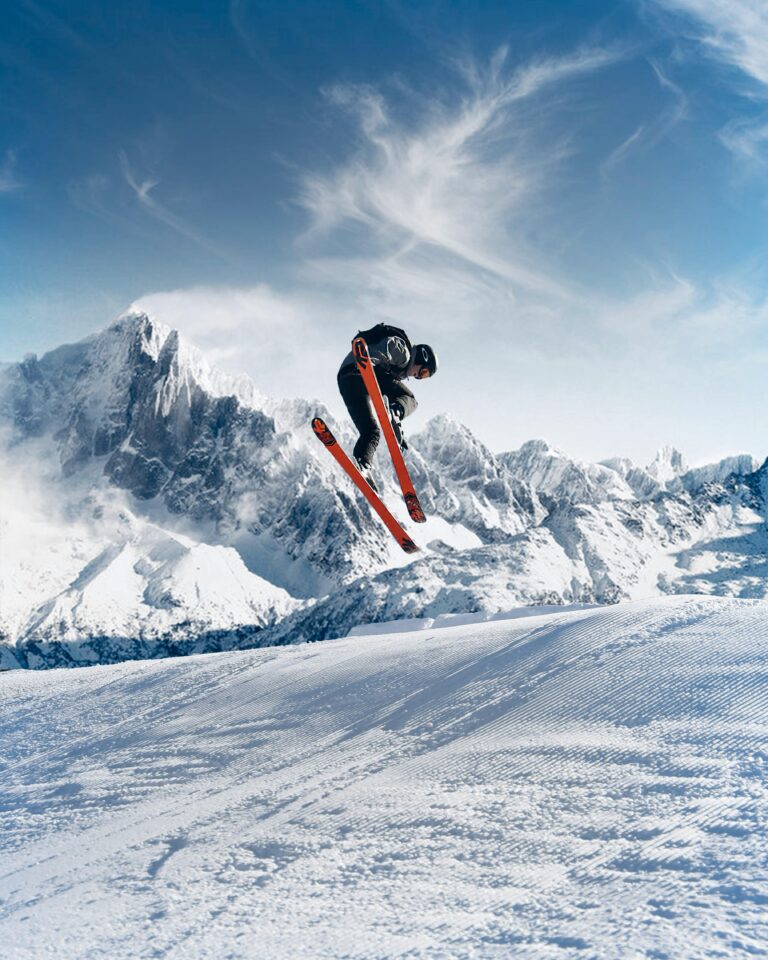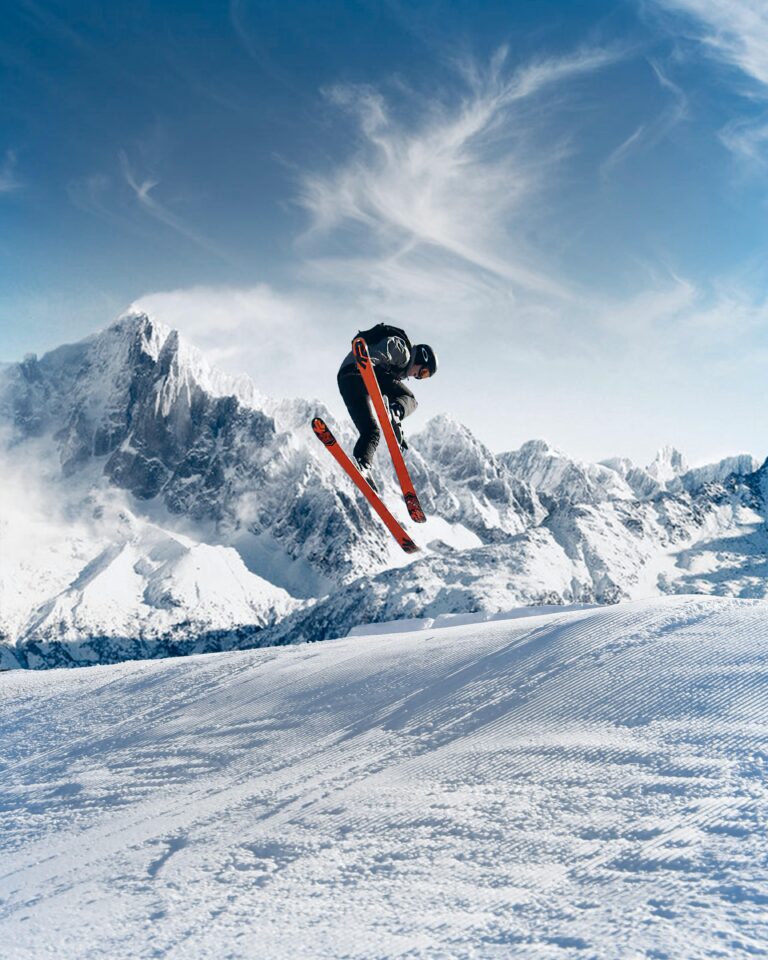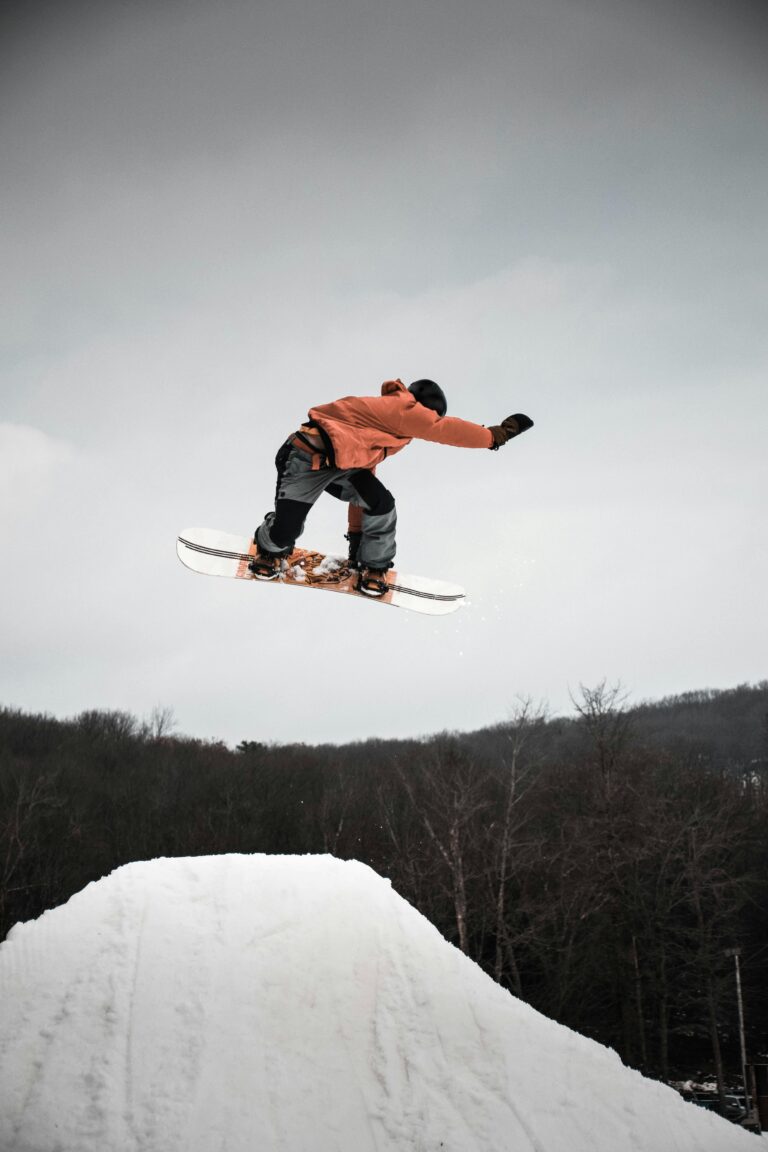Ever stood at the top of the slope, buzzing to start your run, only to feel your skis just… not respond? Yeah, I’ve been there. If you love skiing like I do, you know how frustrating it is when your gear lets you down. Let’s talk about how long skis really last and, more importantly, what you can do to stretch that lifespan. Whether you’re still figuring out your turns or you’re chasing fresh powder every weekend, these tips will help you keep your skis in shape season after season.
Quick Tips to Extend Your Ski Lifespan

- Track your usage: Keep a log of your ski days to manage when it’s time for an upgrade.
- Invest in quality gear: Don’t go for the cheapest option; it can save you in the long run.
- Regularly maintain: Wax, sharpen, and check for wear every few ski days.
- Store properly: Dry them and wax before long-term storage.
Step 1: Understand the Typical Lifespan of Skis
Skis usually last between 100 and 200 days on the snow. That might sound like a lot, but if you’re a regular, those days add up fast. For someone skiing hard every weekend, your trusty pair could wear out in just a season or two. But if you only hit the slopes occasionally, they can easily last you 10 years or more — assuming you take care of them.
Why This Matters
When your skis stop carving smoothly or feel sluggish, that’s your cue to pay attention. It’s like your skis trying to tell you, “Hey, I’m tired!” Knowing this helps you avoid nasty surprises and keeps you safe out there.
How to Track Usage
- Ski Journal: Jot down your ski days, even if it’s just on your phone.
- Calendar: Mark when you notice performance dips or damage.
Common Mistakes
Terrain wears skis down faster than people realize. If you ski aggressively or on rocky slopes, check your gear more often — trust me, it pays off when you want them to last.
| Type of Skier | Lifespan |
|---|---|
| Aggressive Skiers | 100 days or less |
| Recreational Skiers | 200 days or less |
| Occasional Skiers | Up to 10 years |
Step 2: Factors Influencing Ski Longevity
How long your skis stick around doesn’t just depend on how often you use them. Your style, the terrain, and the build quality all matter.
Key Influencing Factors
- Skiing Style: Charging down moguls or steep runs beats up skis faster.
- Terrain: Rocky or icy trails can be brutal on your edges and bases.
- Materials: Better materials like wood cores and reinforced edges usually last longer.
- Bindings: Properly fitted bindings reduce stress and prevent damage.
Why This Matters
Understanding these factors helps you pick the right skis and treat them well. Brands like K2, Salomon, and Rossignol aren’t just names — they’re worth the investment if you want durability.
How to Determine Ski Quality
- Brand Research: Check reviews and trust brands known for quality.
- Material Inspection: Look for things like wood cores or advanced construction.
Common Mistakes
Buying cheap skis or ignoring binding adjustments is asking for trouble. Pro tip: get your bindings professionally fitted every season to protect your skis and yourself.
Step 3: Implement Regular Maintenance Practices
Think of maintenance like giving your skis their own workout. It might seem like extra work, but it pays off by keeping your skis sharp and smooth for longer.
Essential Maintenance Practices
- Waxing: At least once per season or every 5–10 days on the snow to keep the bases slick.
- Edge Sharpening: Do this every 3–5 ski days to keep your grip solid.
- Base Repairs: Fix scratches or gouges right away — letting them sit just causes bigger problems.
Why This Matters
Skipping maintenance means faster wear and poorer performance. Keeping your skis tuned keeps you safer and happier on the mountain.
How to Maintain Your Skis
- Waxing Tools: Grab a waxing kit or head to a pro shop.
- Sharpening Kits: If you’re game, try a file or stone grinder — but be careful not to overdo it.
Common Mistakes
Over-waxing or uneven sharpening can backfire. Look up some tutorials before diving in, or pay for a professional tune-up if you want guaranteed results.
Want to see maintenance in action? Check out this video:
Step 4: Store Your Skis Properly
How you store skis off-season makes a big difference in how they’ll perform next winter.
Best Storage Practices
- Drying: Always dry your skis completely to avoid rust.
- Condition: Wax before storing to protect the bases from drying out.
- Position: Store upright in a cool, dry spot. Avoid damp basements or sunny windowsills.
Why This Matters
Poor storage means rusted edges, warped cores, and other headaches. Treat them well, and they’ll be eager to hit the slopes when you are.
How to Store Skis Effectively
- Storage Solutions: Use padded straps to prevent skis from rubbing against each other.
- Storage Environment: A temperature-controlled space is ideal to keep things stable.
For more on this, see our detailed guide: How to Clean & Store Skis for Off-Season.
Common Mistakes
Leaving skis tucked away in wet garages or sheds? That’s a fast track to rust and damage. Pro tip: Inspect your storage area before stashing your skis.
Step 5: Recognize Signs of Ski Wear
Think of your skis like your car — a quick check before you hit the slopes can save you from big problems.
Signs That Your Skis Need Replacing
- Deep Scratches or Dents: Big damage to the base affects glide and control.
- Delamination: When layers start peeling apart, performance tanks.
- Loss of Grip: If turns feel sloppy or unpredictable, something’s off.
Why This Matters
Catching these signs early protects you from injury and helps you get the most out of your ski days.
How to Inspect Your Skis
- Visual Checks: Look over your skis at the start of each season.
- Performance Assessments: If your skis feel funny or less responsive, investigate immediately.
Common Mistakes
Ignoring small issues can turn into big repair jobs or worse, dangerous situations. Pro tip: Make a pre-season checklist a habit — your future self will thank you.
🟢 Tips & Common Mistakes
- Always dry your skis after a day out to prevent rust over time.
- Choose high-quality gear to keep replacements to a minimum.
- Stick to a regular maintenance schedule for top performance.
- Don’t forget to double-check your binding adjustments to avoid added strain.
🟢 FAQs
How many ski days can I expect from my skis?
You’re looking at 100 to 200 ski days max. Occasional skiers can stretch their skis for years; aggressive riders might wear them out in just one season.
What regular maintenance should I do for my skis?
Wax once a season and sharpen edges every 3 to 5 days on the snow, or sooner if conditions demand.
How does terrain affect ski lifespan?
Rocky or rough terrain wears skis down faster. Smooth groomed runs are way kinder on your gear.
What should I do if my skis show signs of damage?
If you notice scratches, rust, or lost grip, get a pro to check them out or think about replacing them to stay safe and perform well.
Bottom line? Knowing how long your skis last and looking after them means more fun and fewer headaches on the mountain. Follow these tips, and you’ll be carving clean lines for seasons to come. For extra gear care tips, check out our article on common ski maintenance mistakes.
🟢 References
For industry standards on maintenance, visit the National Ski Areas Association: www.nsaa.org.
For expert advice on tuning, see Ski Magazine: www.skimag.com.
Here’s to keeping your skis happy and ready for every adventure. Happy skiing!





